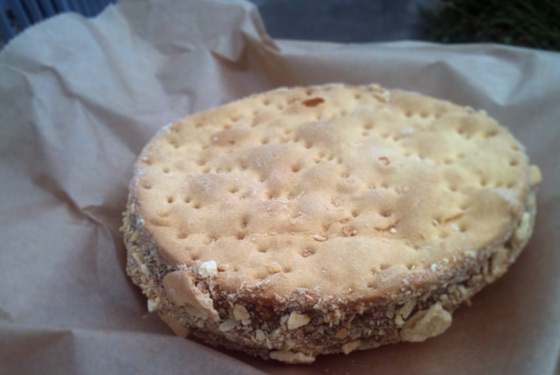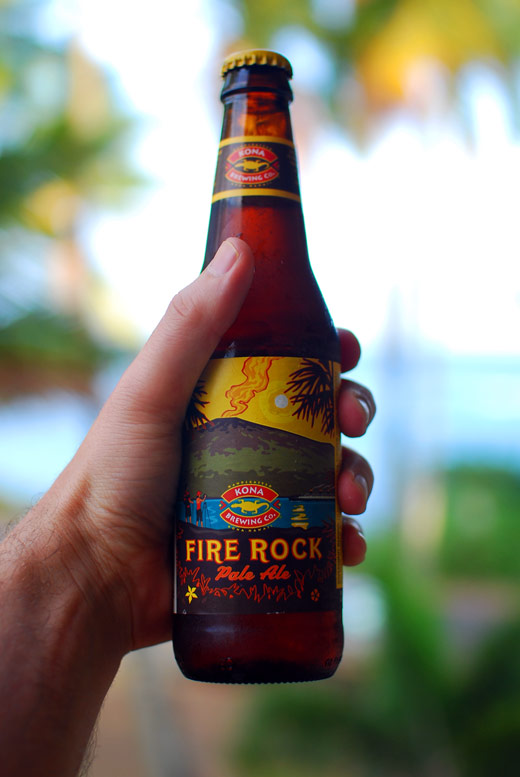1. An internet connection.
Or at least, you don’t need an internet connection of your own. My first blog, Phnomenon, was almost entirely written without the internet at home. My workflow was to obsessively write and draft at home and when whatever I’d strung together approached a basic coherence, I’d walk to a local internet cafe with my USB drive to add the results. It didn’t seem that strange at the time because every blogger in the whole country did the exact same thing. People probably thought that I was strange because I walked rather than rode my motorbike there.
It probably gave the blog a pile of the quirks that are in it. With no easy access to a decent online dictionary or thesaurus, I’d just use whatever word I’d first think of. I’d transcribe Khmer however I heard it, rather than refer to a reference. I probably linked out to other people less than I do now. I’d only read about five other people’s blogs on any given day, because when you’re paying by the hour and earning a wage just shy of a pittance, every hour spent online counts.
I still tend to turn off my connection when I’ve got serious work to get done. It preserves a fundamental weirdness.
2. A camera.
It is very easy to obsess over gear. I certainly do. I love it.
As much as I hate saying it, a better camera isn’t going to make you a better photographer or food blogger; it just gives you additional layer of machinery to obsess about. The DSLR isn’t an entry requirement to this sport – having a DSLR just means that I take boring and characterless shots through a different lens. A different lens that I love like my own child. I’d recommend that you squeeze the most that you possibly can out of the camera that you already have, even if it’s the one inside your phone.
The Old Foodie does very nicely without one. Johanna Kindvall’s Kokblog, Pierre Lamielle’s Kitchen Scraps, Recipe Look, Lobster Squad, and They Draw and Cook are (mostly) illustrated rather than photographed – but they’re all real exceptions
It’s strange that food writing on the internet attracts such a narrow range of forms of illustration when compared to recipe books, probably because most food bloggers work alone.
3. Your name on the guest list
Writing about media events makes you mostly irrelevant in the long term. Around 60% of restaurants will close in the first three years, rendering 60% of the writing about restaurant openings pointless within the same period. There are endless uncovered stories about food, gaps in knowledge and narratives that are your own in their entirety that could serve as meatier content.
They shouldn’t need to be force-fed to you.

